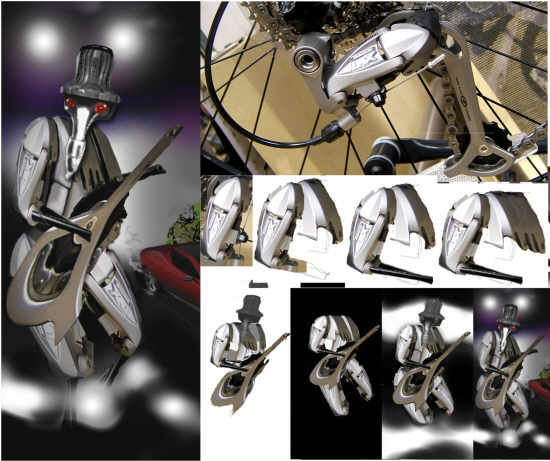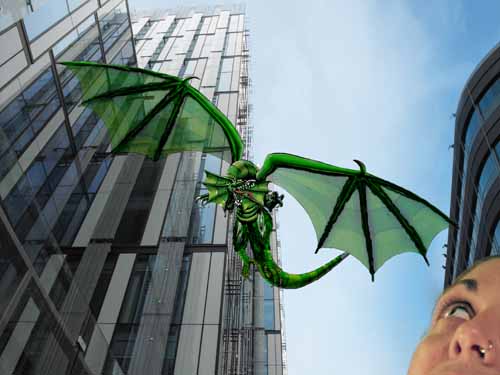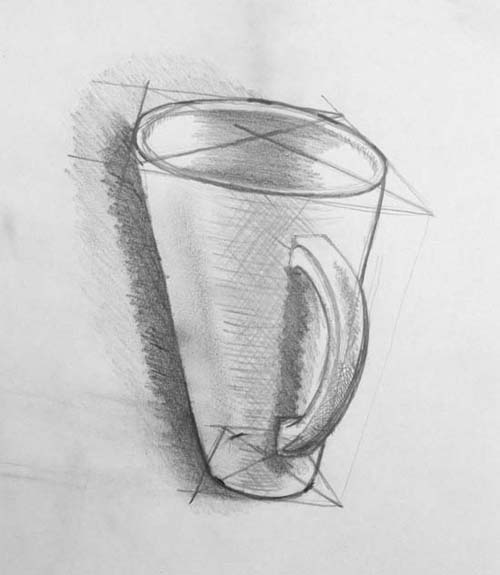Creative artists, rule the world, if we think about it but we are not doing that, today because everybody should be able, to at least understand, the creative process and creative techniques we use, if you just keep on reading this simple explanation, you will. Creative drawing is a pastime, that many people enjoy, all over the world and I am no different, it has been, so many things to me, throughout my life but one thing, it has always consistently been, is pleasure. The wonderful thing about drawing, is you only need, a pencil or pen, some paper, your eyes and your mind, in order to draw great pictures, a pleasure so easily obtained, it’s little wonder that many people enjoy it, the creative process is simple.
When I draw pictures, I often get lost for hours, fantasizing and dreaming to myself, about all sorts of imaginary ideas, concepts, stories or worlds, people, creatures and places, magic, and illusions. This is often the realm of creative artists, things that don’t exist, until you draw them and they are released from the imprisonment, of your mind, onto an unsuspecting world, it’s amazing, when someone looks at your work and says wow.
The creative artists and process.
Below is an image of Gearman, he is an attempt at showing, the workings of how creative artists, with their imagination, create illusions from everyday objects, something I have done many times, when drawing because you can often see things, in other things.

Yes, I know this is not, a creative drawing as such but is it, because it is not a photograph either, except for the, LX mountain bike gears, the rest could be considered a digital drawing, rather than a pencil drawing but in this format, it more easily shows the process, of seeing things, as other things.
If you draw pictures, any pictures, out of you imagination, from a picture or from life and you look, at what you are doing, you will start to see other things, this is not likely to happen at first because you will need, to build up visual memory from doing, a stock of past works, this is often called a repertoire. This is why, it is important to practice by doing drawings, all the time but if you like drawing, like many people do and you are a creative artist, it will not be a problem, as you will soon have a repertoire.
I want to tell you a little story, it is a bit of a dark story but a true story, all the same and also a good reason for understanding, a little bit more, about what I am trying to explain, about visual memory and creative artists.
I had a bit of an obsession, from when I was a small child, I wanted to be able to draw the human likeness, I wanted to be able, to draw portraits of real people, that looked like them. A large part of my young life, had been focused, on trying to do this accurately, so as others, would uphold my observations and confirm that I had, the ability to capture the human likeness, through drawing. I eventually reached the pinnacle of my success, in this, by drawing and painting portraits for people, getting paid by them for this work. During this time of about 3 years, doing portraits, I sold over a hundred of these, to the expressed wishes of those, I was drawing them for but I also drew many more, in the process, that I also sold, how many I do not really know, but in total, a couple of hundred. I was at it, all the time but it was causing me other problems, I discovered, I was so over exposed to faces, that I began to start seeing them everywhere, in everything I looked at. I seen faces in trees, bushes, the drawings I was doing, buildings, everything, it was fun at first but it soon became annoying, for me because I felt it was restricting my imagination, unless I was drawing faces.
I never wanted to be like that, I wanted to be able to draw faces, as well as cars, robots, landscapes, mountain bike scape’s or what ever but not just faces, and I had to stop.
I am glad I did, I don’t just see faces in everything, I look at anymore but, the only way to do this, was to stop and go back, to drawing anything but not faces, only when I needed them, for something else now.
This leads me to believe, that all creative artists, can hone their skills into a focused but restricted visual memory, by repetitively doing the same subjects, over and over, it seems to be a reason, why some of these creative artists, can draw from memory, without even looking, which is something I did not like because it felt like, my creative abilities where being restricted, to only one type of subject.
My new obsession, is to be able to draw everything and I am joking because I can do that anyway, so that’s what I do, we are all creative artists, developing a creative process, in every thing we do because that’s what humans do, when they focus their attentions on a task, this dose not just apply to drawing.





